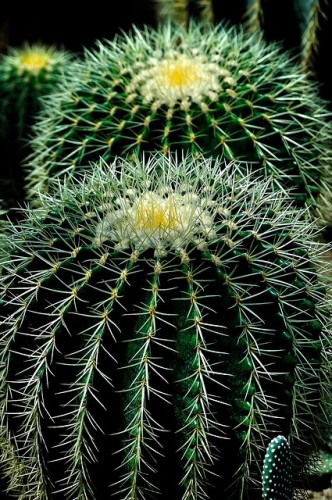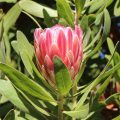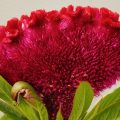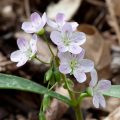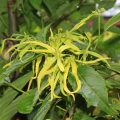- The Miraculous Shiny Bush Plant - January 18, 2021
- Colorful, Edible and Medicinal Celosia - January 10, 2021
- Radish, a Nutritional Power House - December 19, 2020
Hoodia gordonii, commonly known as bushman’s hat, hoodia cacti, or just hoodia, is a spiny, succulent, cactus-like plant native to the desert region of Southern Africa. It occurs naturally in Namibia, Botswana, and South Africa, but has spread to other regions of the world, including North America, due to their beneficial purposes.
[Note: The Right Flowers is not a medical site. Knowledge of and information about the therapeutic benefits and applications of flowers, while known through the ages, does not constitute medical advice. If you are having health issues, you should consult with a physician.]
Hoodia cacti grow in clumps of dark-green upright stems. Though normally mistaken for a cactus because it looks like one, hoodia is a succulent plant in the milkweed family.
The plant has been used for food and medicinal purposes by bushmen living in its native region for decades. The bushmen would eat the plant to suppress hunger and thirst during their long hunting or gathering trips.
Though there are more than 20 species of hoodia, only hoodia gordonii seems to have the active steroidal glycoside ingredient known as P57 that suppresses appetite. Traditionally, bushmen simply cut the plant from the stem, removed the spines, and ate the bitter-tasting plant.
Studies published in 2004 showed that p57 affects the part of the brain that regulates appetite. P57 is said to work by releasing a compound that is similar to glucose. This stimulates the hypothalamus part of the brain responsible for hunger pangs by sending a signal to the hypothalamus indicating that enough food has been eaten and the stomach is full.
The plant has made headlines in the past when 60 Minutes, a CBS news program, sent Lesley Stahl, a reporter to the South African desert to try out the plant as a possible weight-loss herb. After eating the plant, Stahl reported that he did not experience hunger or thirst for about 24 hours. Hoodia became an instant hit with weight watchers. Today, hoodia is available in capsule, powder, pill, or tea form in health stores.
In summer, the bushman’s hat produces peach or pink blossoms featuring red throats. The flowers produce a rotten meat-like scent that attracts flies to pollinate them.
Though hoodia is a tough desert plant and requires very little care, it is very hard to propagate on a large scale away from its natural habitat unless you simulate its natural condition. For it to thrive, it requires sandy soil, plenty of wind, sun, and heat.
However, once you simulate its natural growing conditions, hoodia becomes an easy plant to grow as it requires watering once every 3 months. That means the plant can thrive with just 4 watering cycles in a year. Unfortunately, due to overharvesting from the wild and its slow growth, hoodia is now considered an endangered plant.
Hoodia gordonii does not have much to offer when it comes to aesthetics because its foliage does not look very attractive and the flowers have an unpleasant scent. However, if you can tolerate the rotten scent of its flowers, the bushman’s hat makes a great indoor plant to grow in a pot. Plus you can nibble on the plant when you really need to skip some meals.
